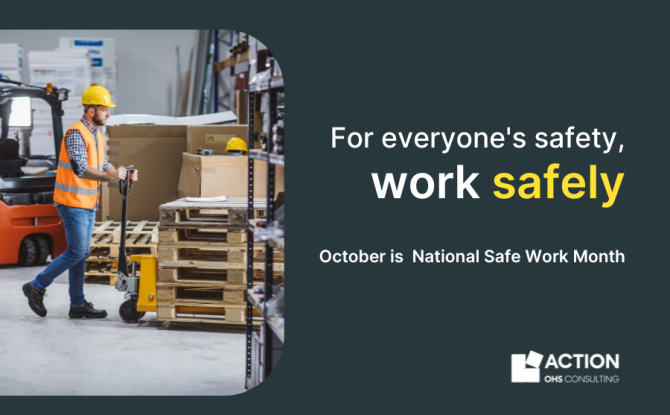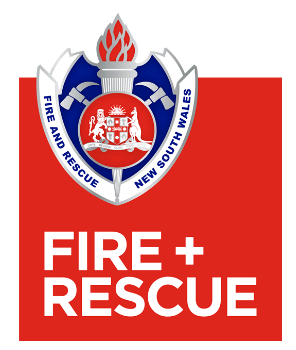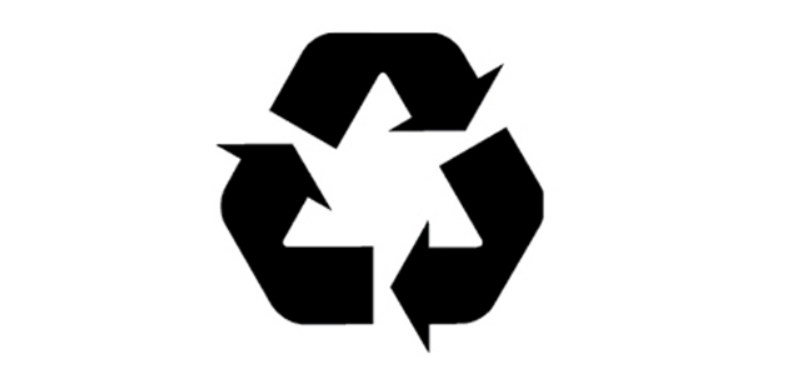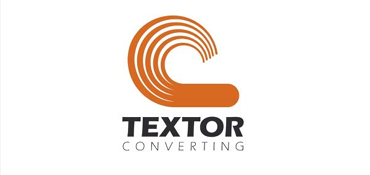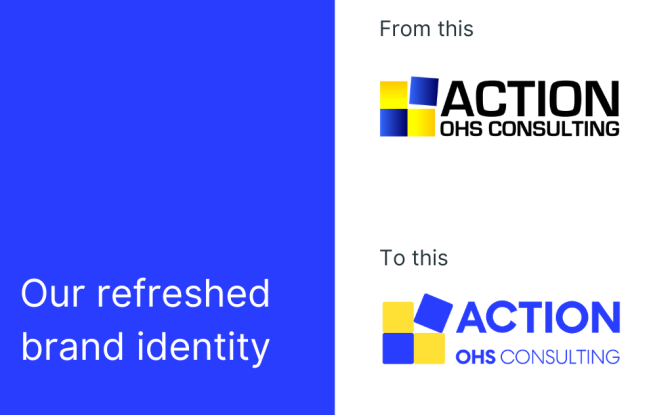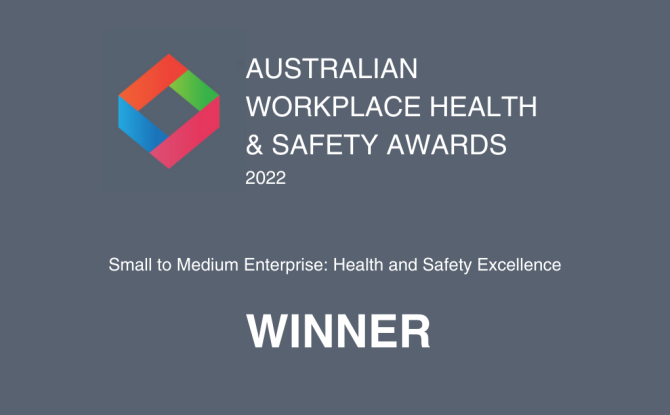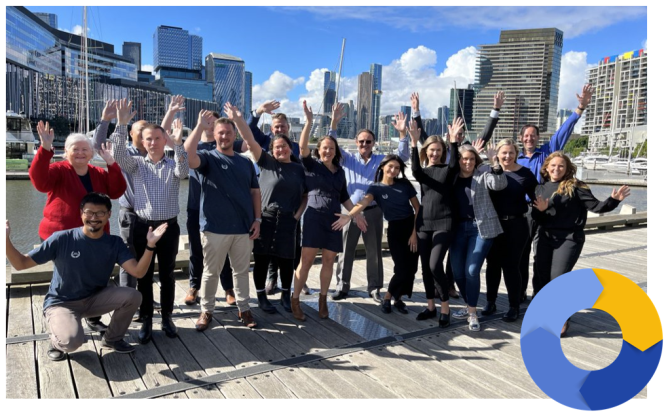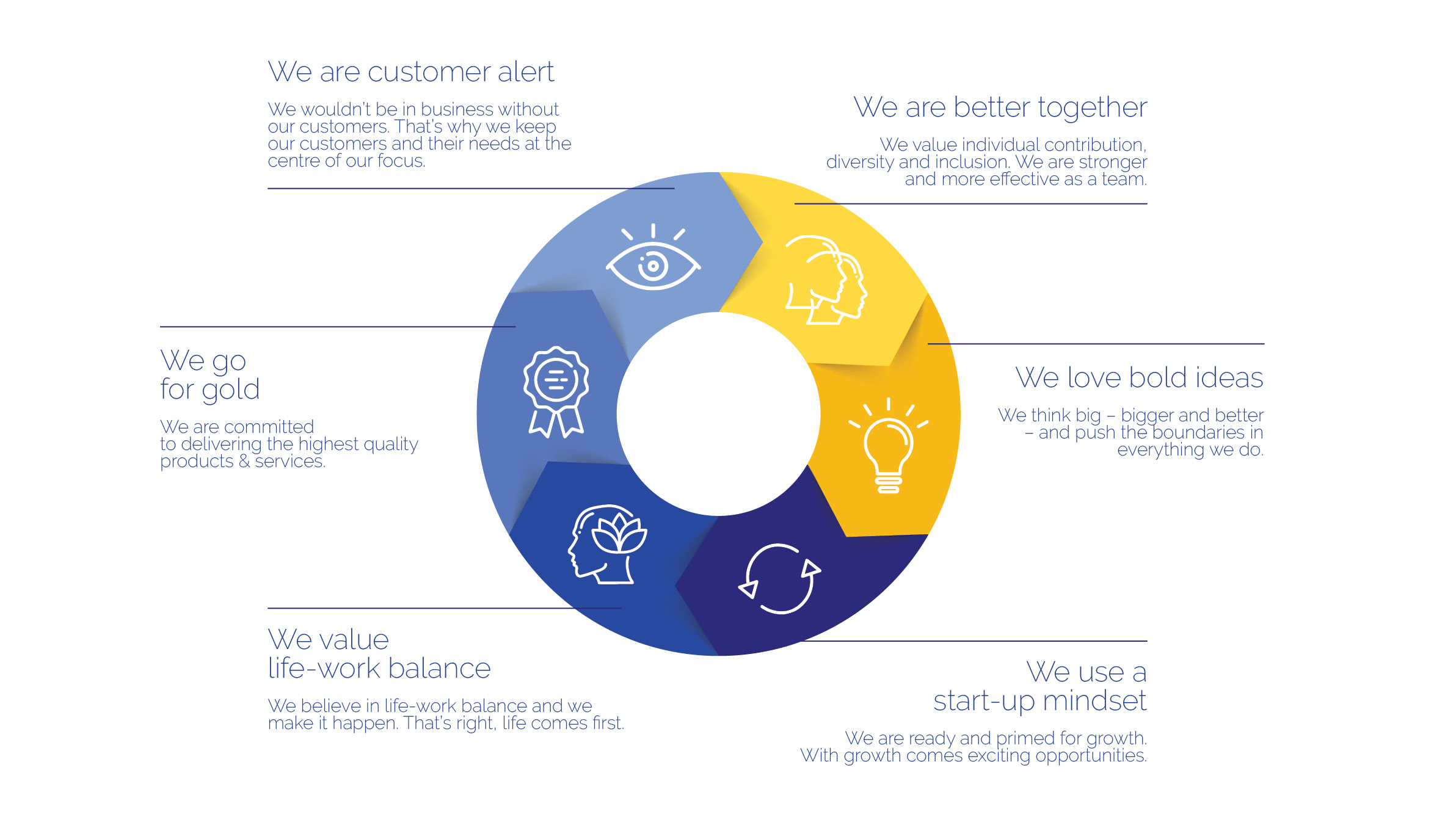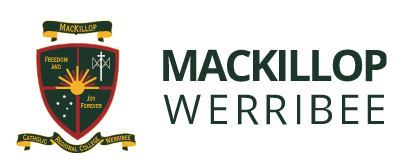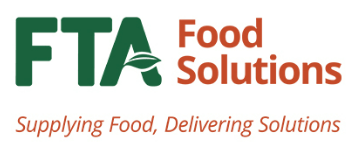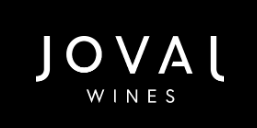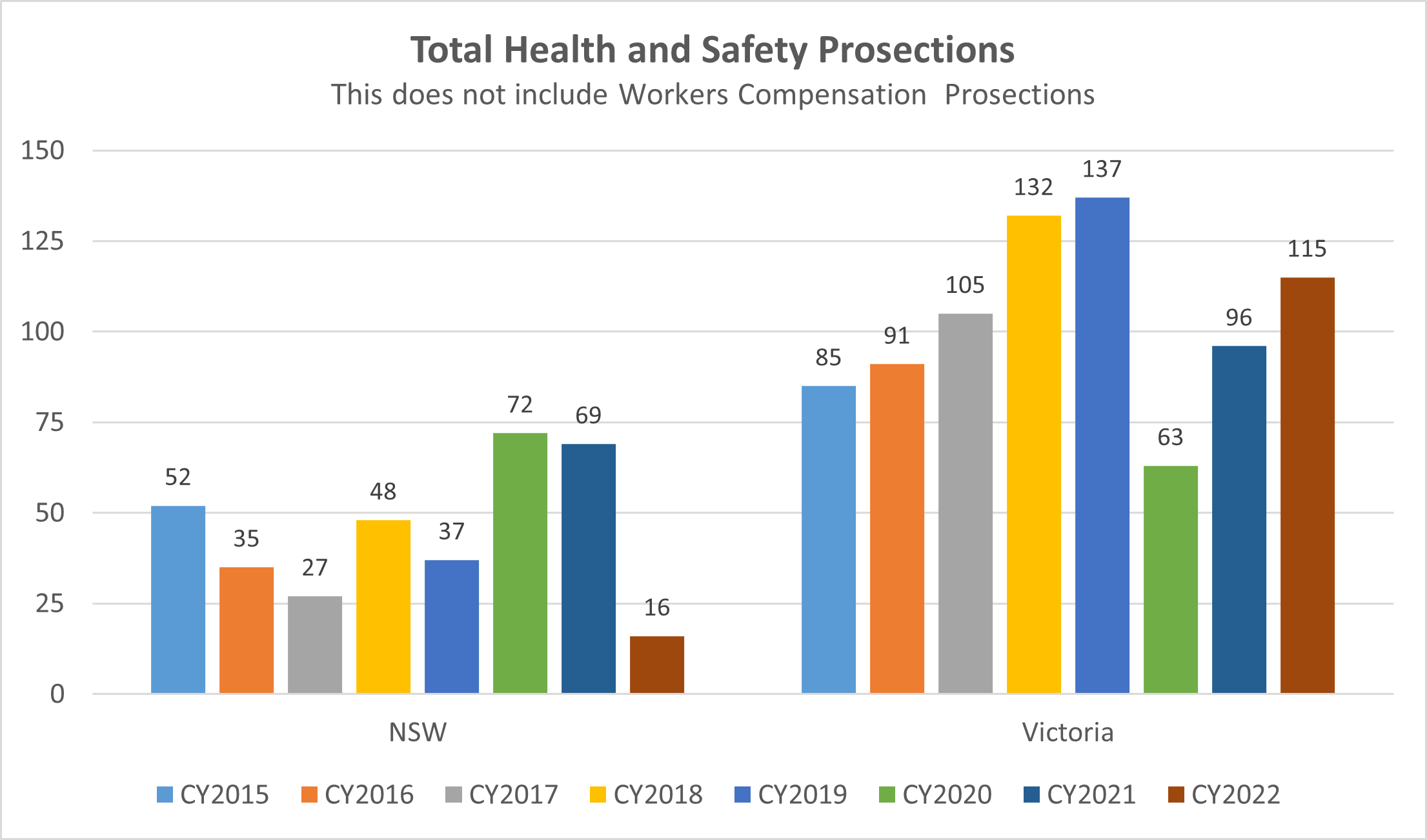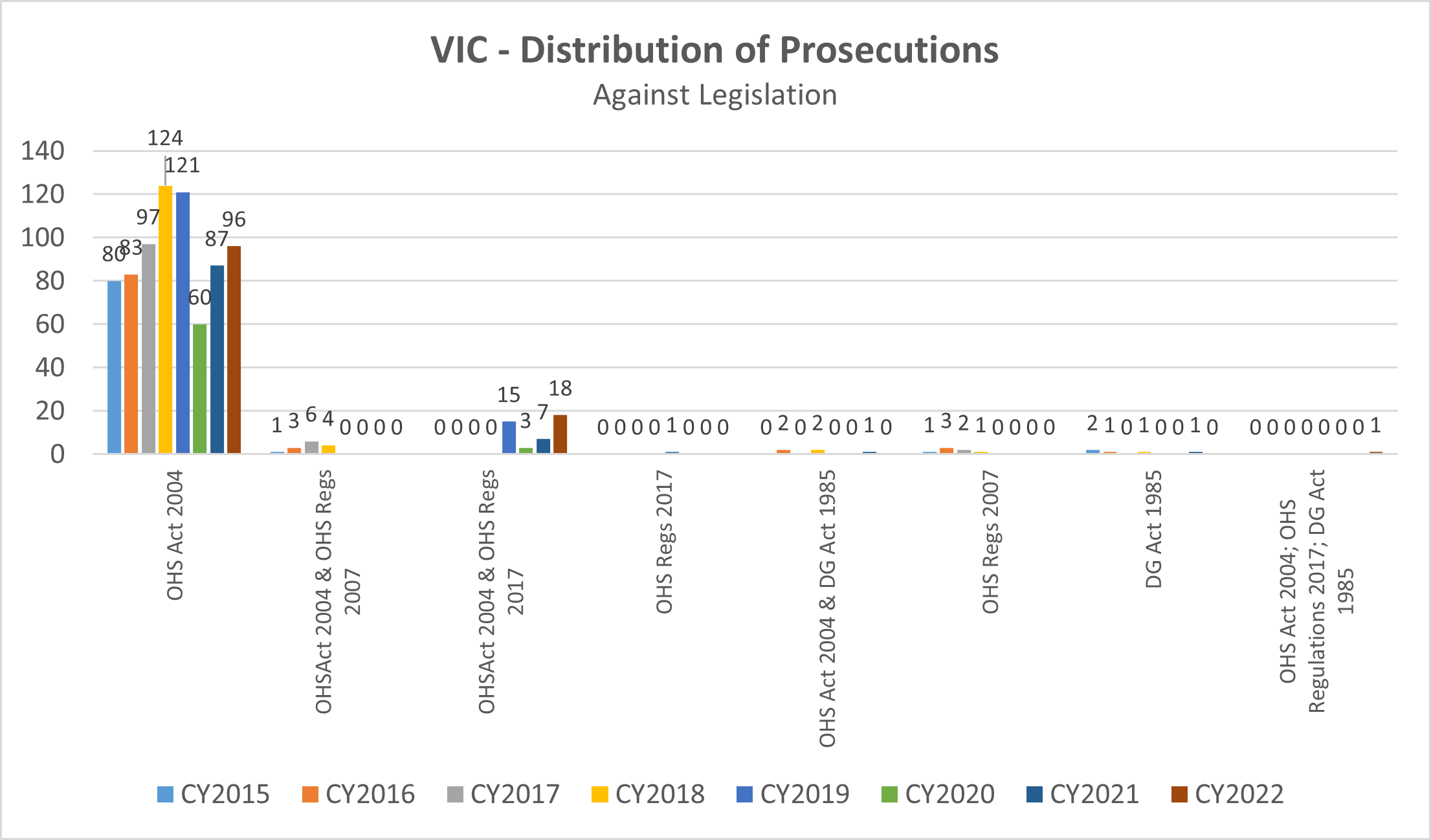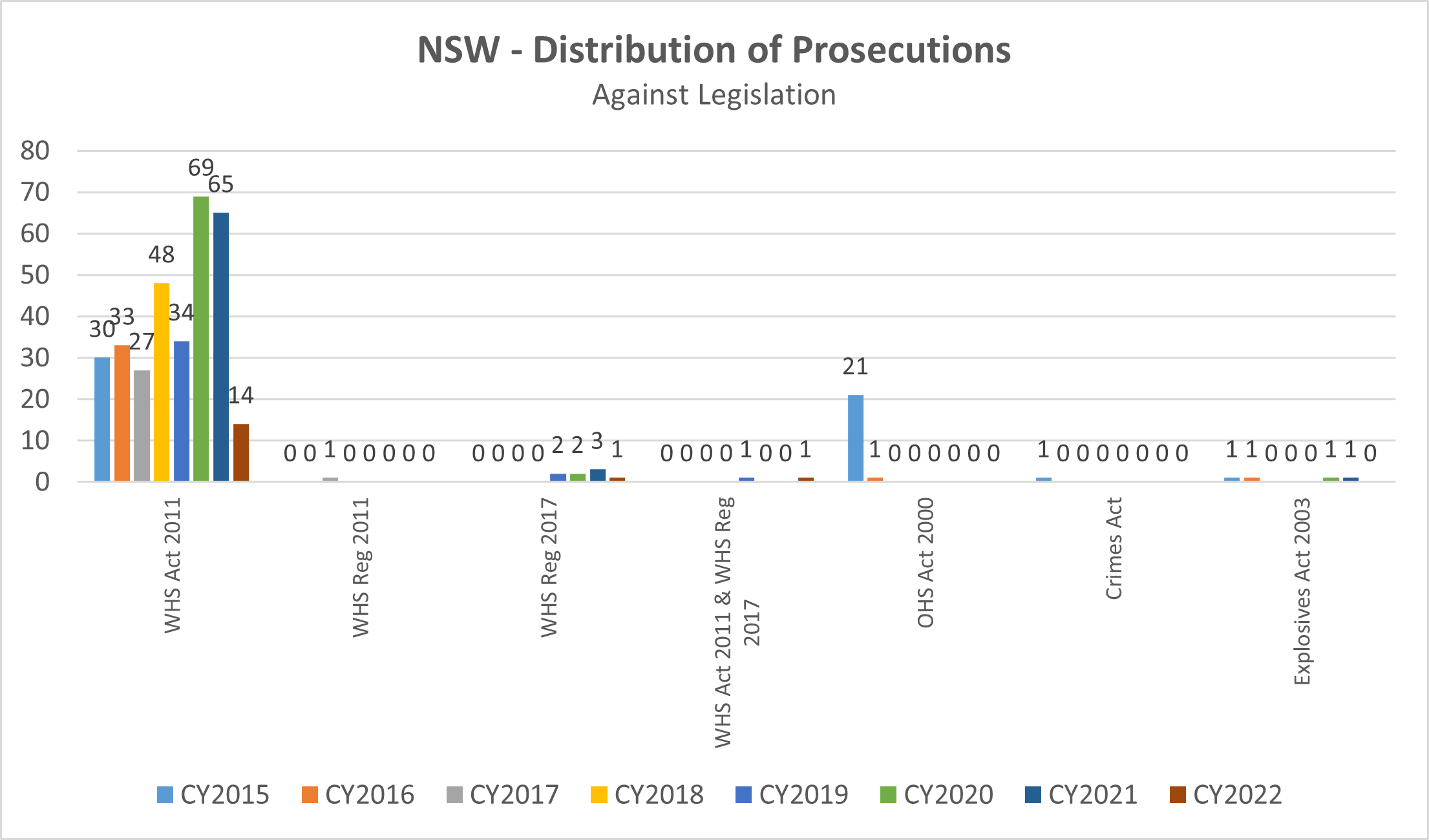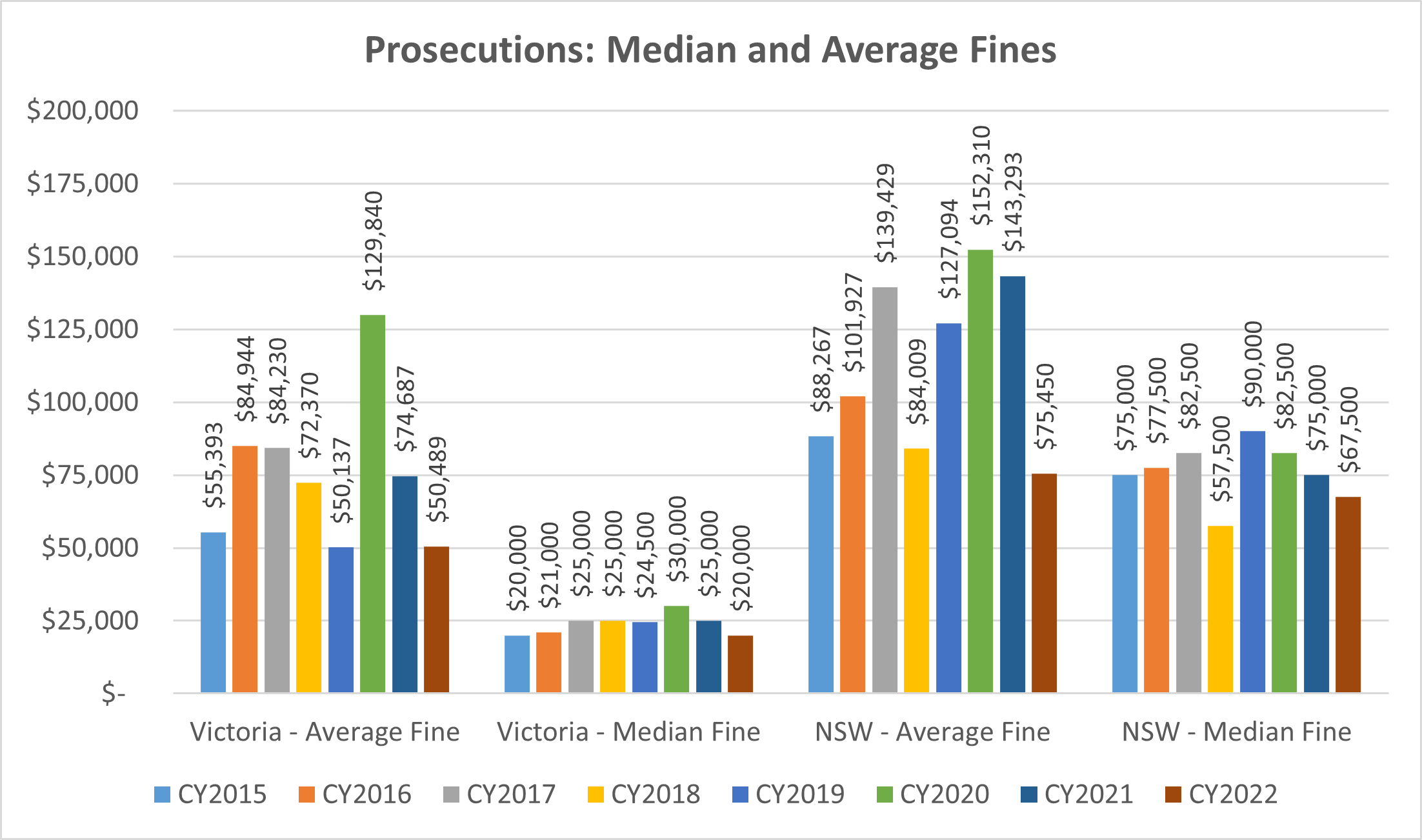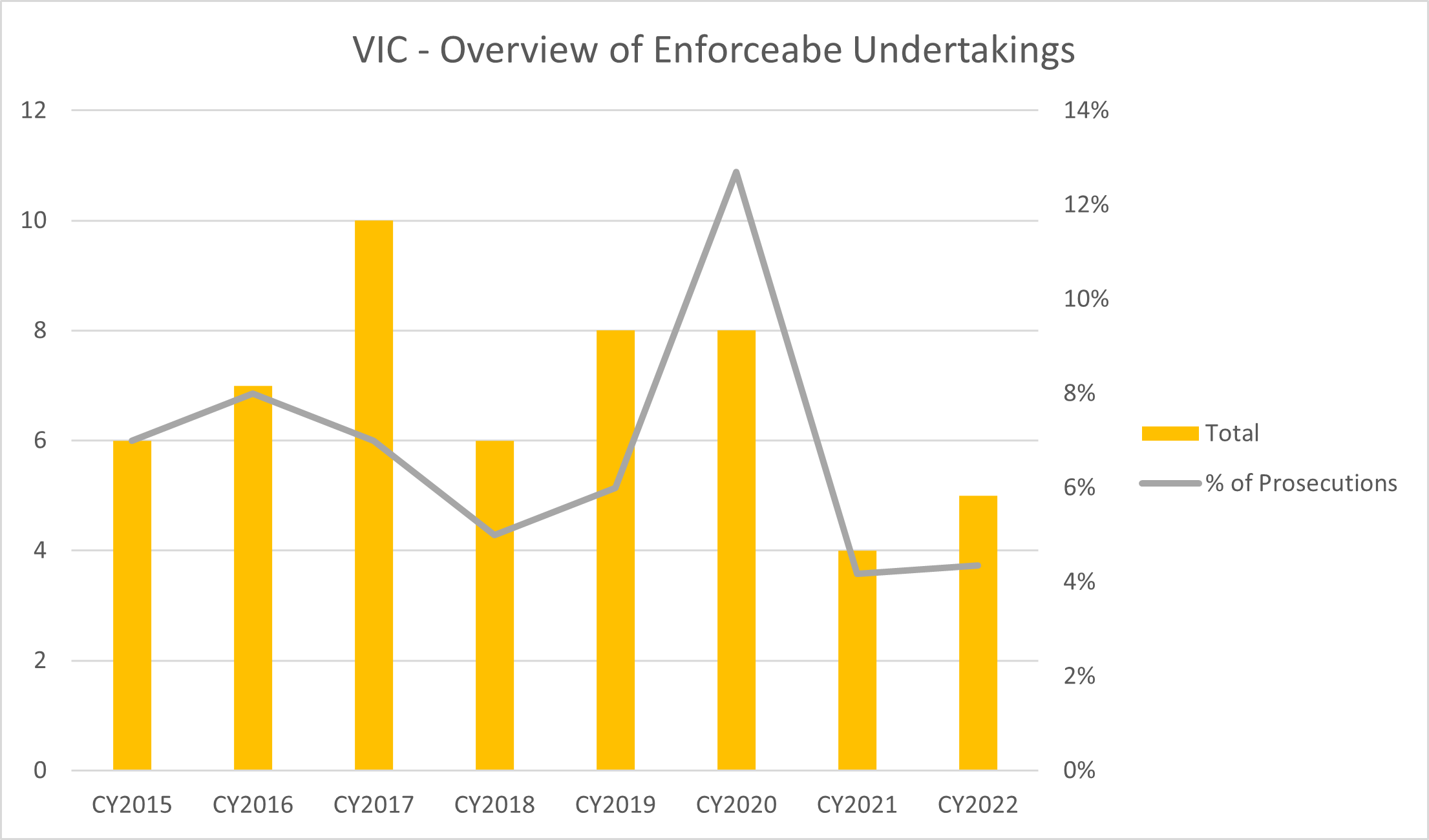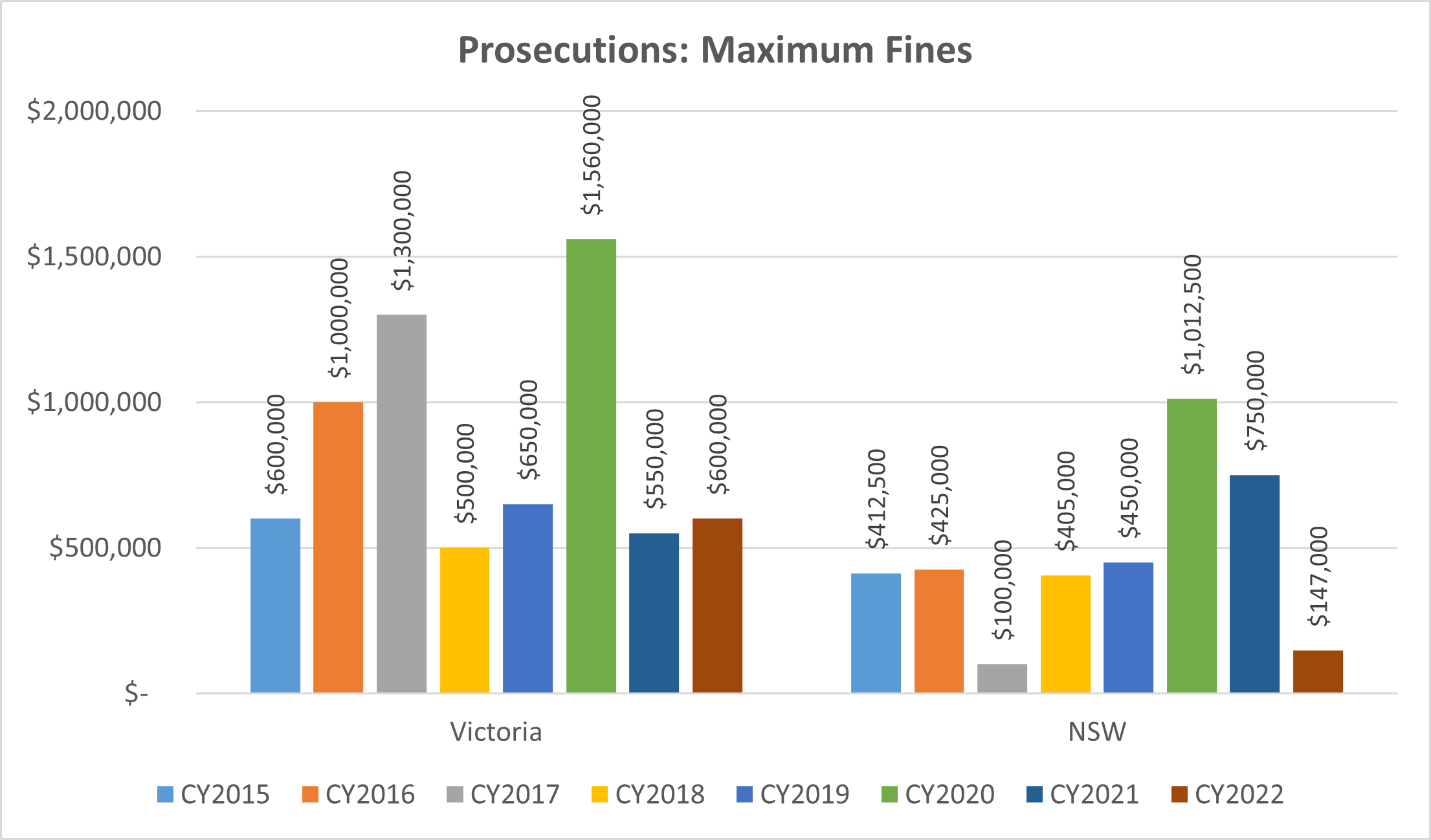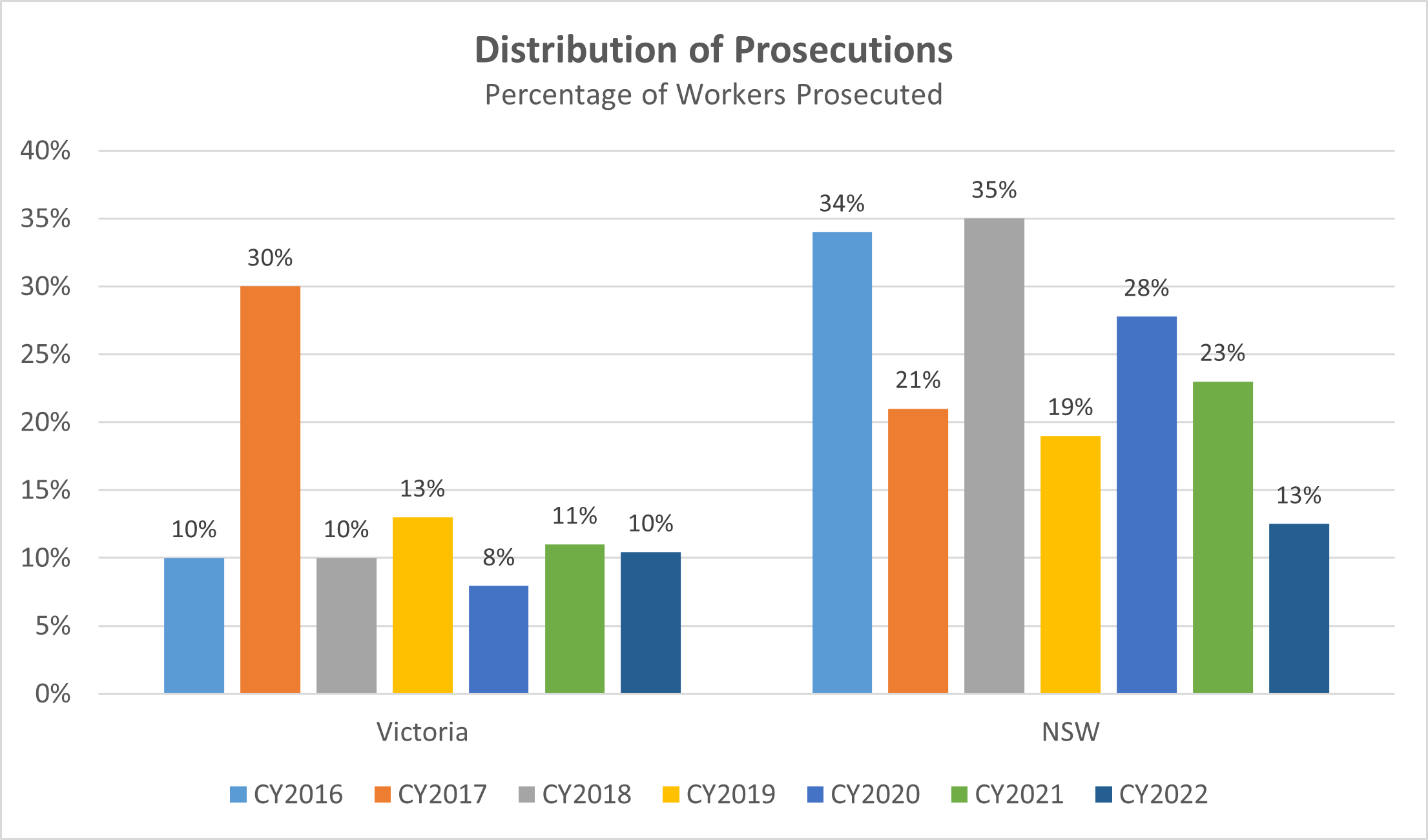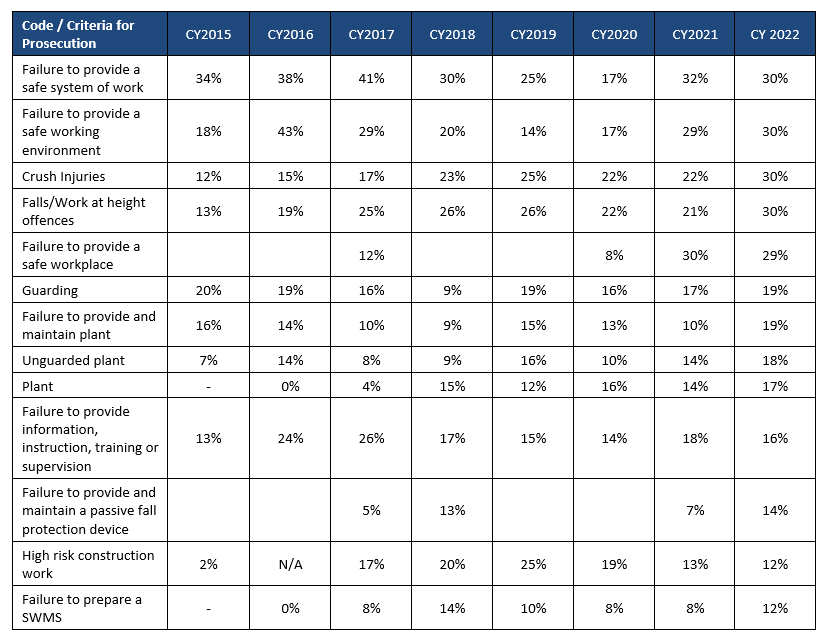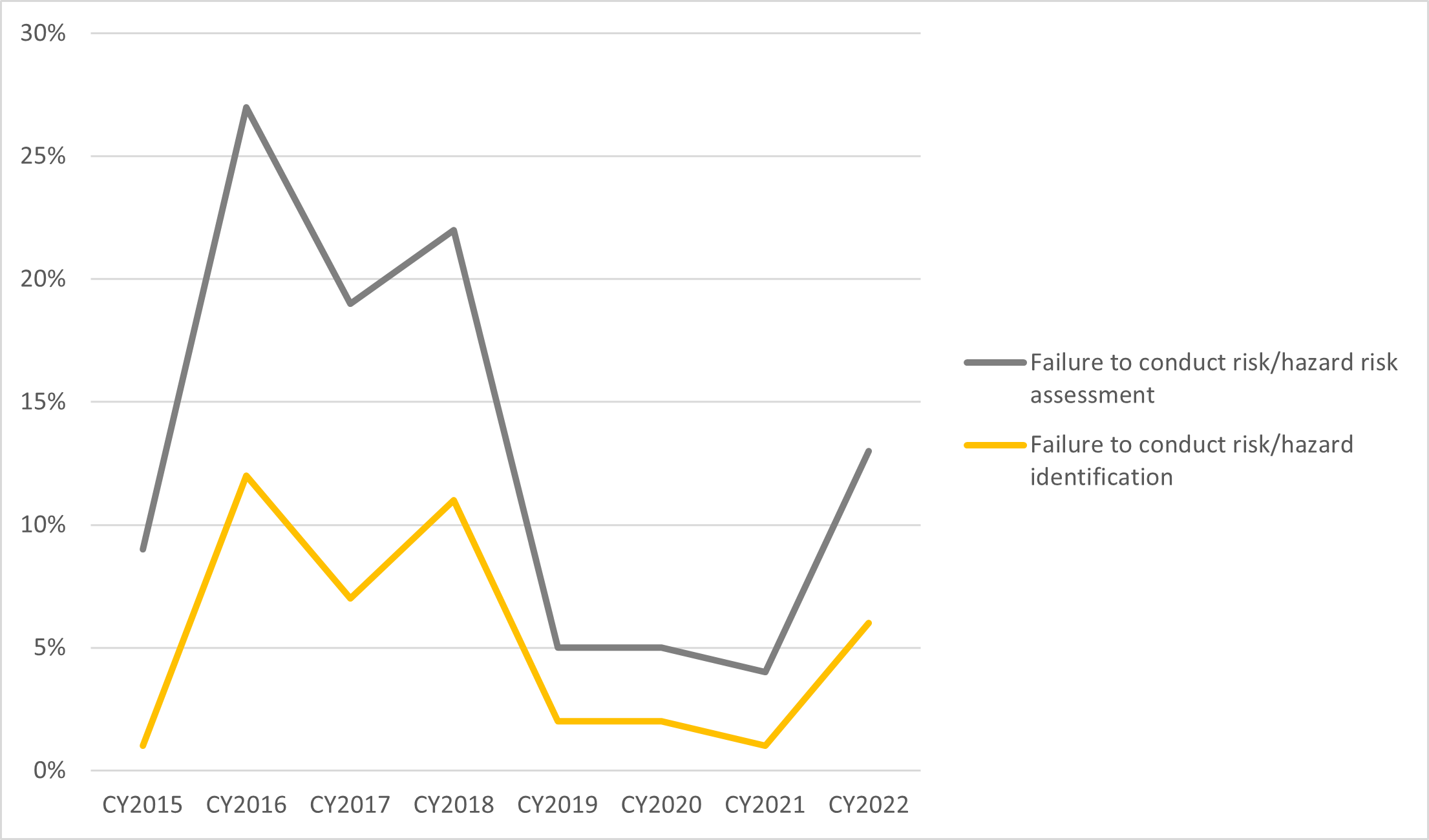Safe Work Australia
The latest news and updates from Safe Work Australia:
New fact sheets: Duties under WHS laws
Safe Work Australia has published four fact sheets about key WHS principles under the model WHS Act. They are; WHS duties are not transferable, A person can have more than one duty, More than on person can concurrently have the same duty, and, Management of Risks.
Updated fact sheets: Hazardous chemicals to reflect GHS7
GHS 7 is now the only system to classify newly manufactured and imported hazardous chemicals, and prepare their labels and safety data sheets (SDS) across Australia. This change will ensure that labels and SDS use up-to-date hazard classification and communication, and align Australia with key international trading partners. To reflect the change, Safe Work Australia has updated the following model codes of practice: Model Code of Practice: Managing risks of hazardous chemicals in the workplace, Model Code of Practice: Labelling of workplace hazardous chemicals, Model Code of Practice: Preparation of a safety data sheets for hazardous chemicals and the Classifying hazardous chemicals – National guide.
New Model Code of Practice: Tower cranes
The process of running a tower crane is complex and there are often a number of duty holders who have a role in managing the risks of tower cranes in the workplace. The new model Code of Practice for tower cranes is for:
• persons conducting a business or undertaking (PCBUs)
• PCBUs involving the management or control of fixtures, fittings or plant
• designers, manufacturers, importers and suppliers of plant, substances or structures
• installers, and
• officers.
Information sheet: Australian standards and other standards information sheet
As a person conducting business (PCBU), you may have questions about how Standards interact with the WHS laws. The newly published Australian and other Standards information sheet answers these questions and more, to help you understand the status of Australian Standards, International Standards and other standards under the WHS laws.
Model Work Health and Safety Regulations Amendment (Engineered Stone) 2023
The model Work Health and Safety Regulations have been updated to include a prohibition on the uncontrolled processing of engineered stone.
The amendments do not automatically apply in a jurisdiction. For the model WHS Regulations to have effect in a jurisdiction they must be enacted in that jurisdiction.
ACT
OHS Codes of Practice: https://www.worksafe.act.gov.au/laws-and-compliance/codes-of-practice
NSW
OHS Codes of Practice: https://www.safework.nsw.gov.au/resource-library/list-of-all-codes-of-practice
NT
OHS Legislation: https://worksafe.nt.gov.au/laws-and-compliance
OHS Codes of Practice: https://worksafe.nt.gov.au/forms-and-resources/codes-of-practice
QLD
New code: Managing respirable crystalline silica dust
This new code Managing respirable crystalline silica dust exposure in construction and manufacturing of construction elements Code of Practice 2022 commenced in Queensland on 1 May 2023. This code of practice establishes minimum, enforceable standards for duty holders in the construction industry and in manufacturing businesses.
SA
OHS Codes of Practice: https://www.safework.sa.gov.au/resources/codes-of-practice
VIC
OHS Codes of Practice: https://www.worksafe.vic.gov.au/laws-and-regulations
WA
Code of practice update: Confined spaces
The Code of Practice: Confined Spaces has been updated. This code of practice provides practical guidance on how to manage health and safety risks associated with work carried out in a confined space.
New code: Construction work
The Code of Practice: Construction work applies to all workplaces covered by the WHS Act where construction work is carried out and where construction work products and equipment are used and stored.
Update: Code of practice – How to manage and control asbestos in the workplace
The code of practice How to manage and control asbestos in the workplace provides practical guidance on how to manage risks associated with asbestos, asbestos containing material (ACM) and asbestos-contaminated dust or debris (ACD) at the workplace and thereby minimise the incidence of asbestos-related diseases such as mesothelioma, asbestosis and lung cancer. This code of practice should be read in conjunction with the WHS transitional arrangements.
Update: Managing the risk of falls at workplaces: Code of practice
The Code of practice: Managing the risk of falls at workplaces has been updated. It provides practical guidance for those who design, construct, import, supply or install plant or structures, on how to eliminate, or if that is not possible, minimise the risk of falls from height in workplaces.
Standards Australia
New standards document to help manage workplace psychosocial risk: AS/NZSISO 45003:2021
Standards Australia has issued a new standards document to help manage workplace psychosocial risk.
The latest document on occupational health and safety AS/NZS ISO 45003:2021 – Occupational health and safety management – Psychological health and safety at work – Guidelines for managing psychosocial risks, focuses on psychosocial hazards and risks.
This Standard provides additional guidance to organisations already implementing AS/NZ ISO 45001 principles, helping align psychosocial risk management with their existing OH&S / WHS system. It enhances safety management approaches by offering practical guidance, examples, and potential control measures for psychosocial hazards, emphasizing their interaction with other workplace hazards.
Comcare
Comcare has produced a suite of evidence-based resources on good work design, including videos and better practice guidance, to help raise awareness and build manager capability to design good work for their teams.
How work is designed impacts the way we feel and can influence our motivation, engagement and stress levels at work. Evidence from Safe Work Australia shows that good work design can be used to prevent harm to worker health, promote health and wellbeing and support participation and productivity.
The Comcare website covers topics such as known risks to worker health and wellbeing, as well as participation and productivity, on areas including return to work, absenteeism, performance, work demands and change.


